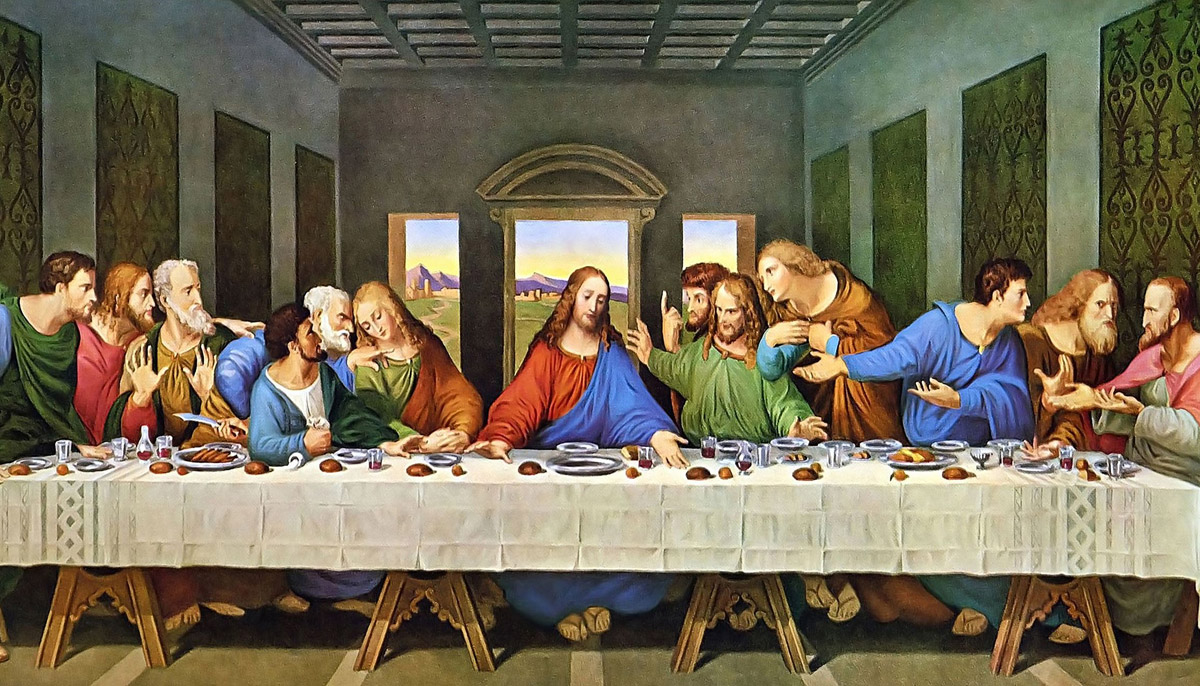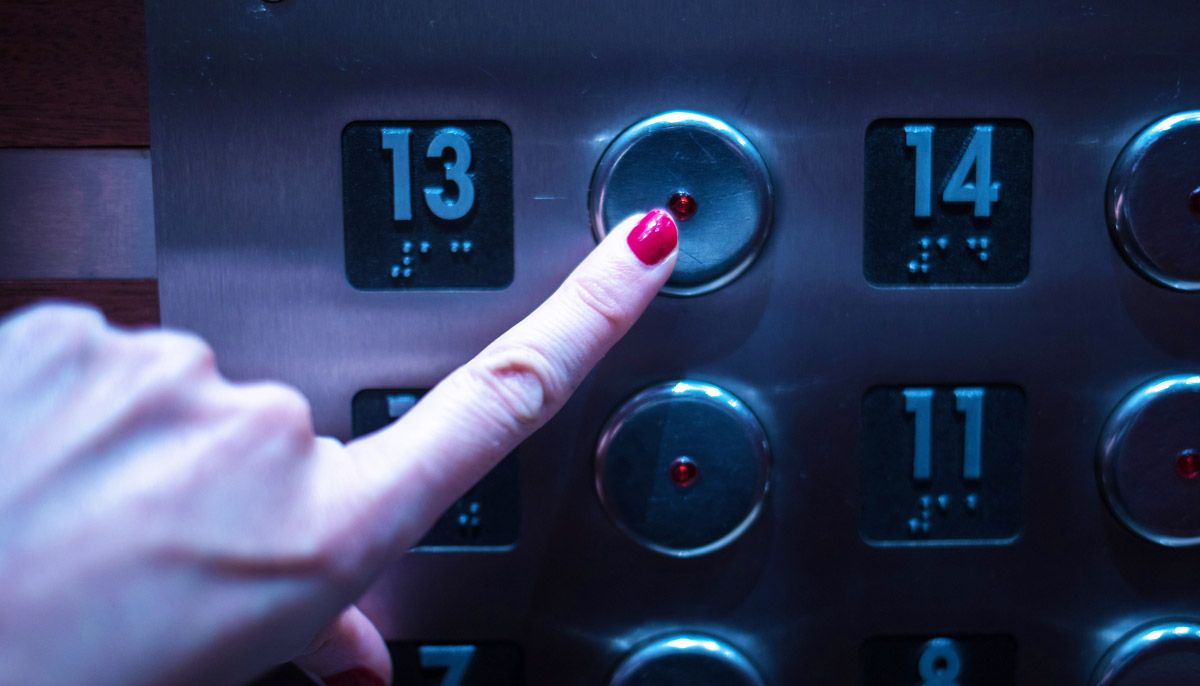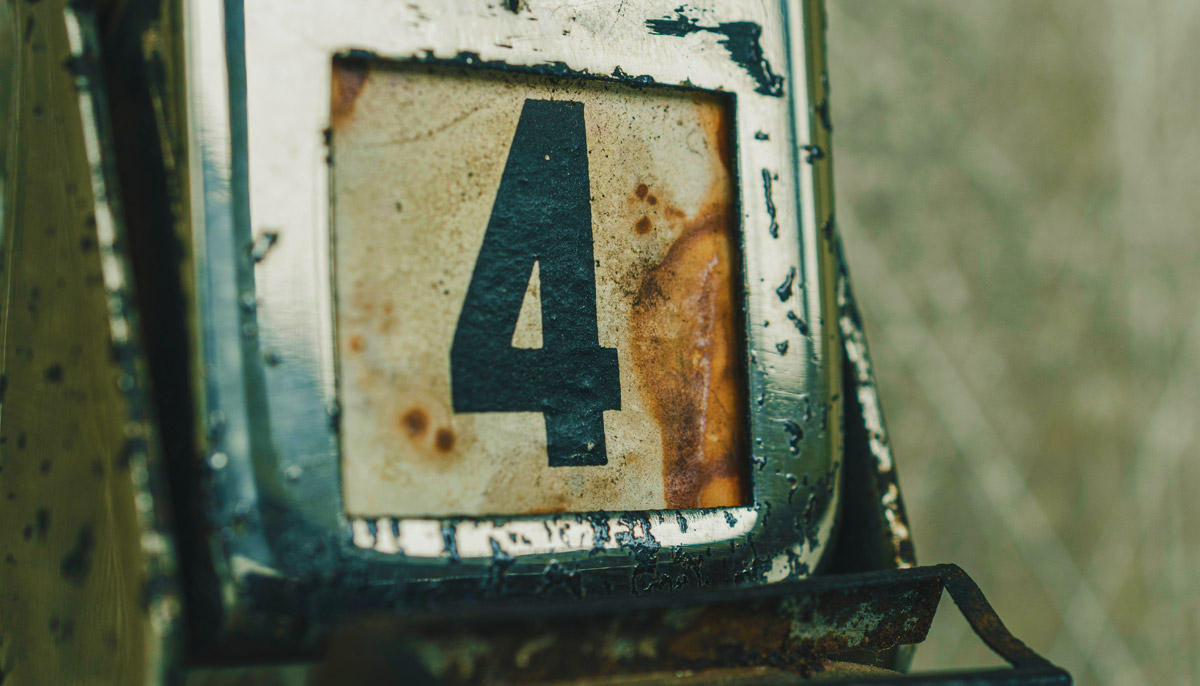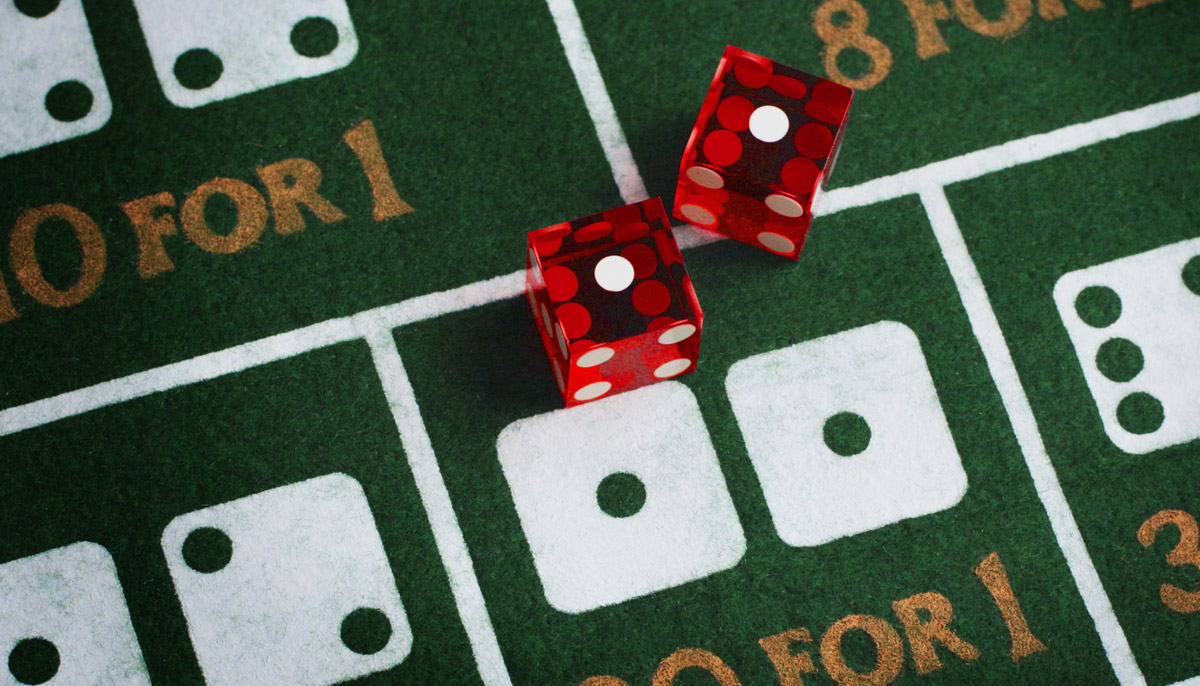
Every day, we encounter numbers in various ways. They weave through our lives, playing essential roles in countless contexts. Whether spoken aloud or written down, numbers typically don’t evoke fear in us. However, history reveals that certain numbers can indeed instill trepidation and, at times, an unsettling amount of fear.
666 – The Number of the Beast

The infamous number 666 has deep-rooted associations, primarily originating from the Holy Bible. In the Book of Revelation, it cryptically states: “Let the one with understanding reckon the meaning of the number of the beast, for it is the number of a man. His number is 666.” This enigmatic figure, often referred to as The Beast, is linked to the Antichrist in various interpretations.
When the Book of Revelation gained prominence, those who adhered to Christian beliefs were genuinely terrified of any association with this unholy number. But the story doesn’t end there. In later years, the number 666 experienced a resurgence, thanks in part to the chilling horror film The Omen. In the movie, a young boy believed to be the Antichrist bears a small tattoo of this ominous number on his body.
Even unintentional encounters with 666 seem to bring misfortune. Take the case of James Foxall from East Sussex, UK. His town-issued license plate for his sports car happened to feature the dreaded digits. What followed were a series of car wrecks and even a mysterious fire. Other vehicles with similar plates also met eerily similar fates.
Today, in fundamental Christian circles, the number 666 remains largely avoided. Some individuals go to great lengths to steer clear of it, fearing its dark connotations.
Unlucky #13

The number 13, often considered unlucky and a harbinger of misfortune has a fascinating history rooted in the Bible. Let’s delve into its intriguing tale:
In the New Testament, Jesus Christ had a group of devoted followers known as the Twelve Apostles. These disciples listened to His teachings and helped spread His message to the masses. During the momentous event known as The Last Supper, Christ sat around a table with these Twelve Apostles. He imparted to them formal instructions on how to continue His work should He meet an untimely end.
Among the thirteen individuals gathered at that table, including Christ Himself, only one betrayed Him: Judas Iscariot. The weight of guilt from his treachery led Judas to take his own life in a desolate field soon after.
Leonardo da Vinci, the renowned artist, immortalized this pivotal scene in his masterpiece, The Last Supper, based on biblical accounts. Scholars believe that the visual impact of this iconic painting, coupled with the association of Judas’s tragic fate, contributed to the ominous reputation of the number 13.
But there’s more: the superstition extends to Friday the 13th. Christ’s crucifixion supposedly occurred on a Friday, and the 13th individual at the table—vicariously linked to Judas—adds to the eerie connotations.
Such is the reach of this negative symbolism that, in the late nineteenth and twentieth centuries, buildings and hotels were often constructed without a 13th floor. And for those daring enough to have one, tales of supernatural occurrences often swirl around it.
4 – China’s 13

In China, the number 4 is meticulously avoided due to its auditory resemblance to the word for “death” in the Chinese language. Consequently, the Chinese take significant measures to minimize its use. While physically constructed buildings may indeed have a fourth floor, it is often omitted from building directories. Instead, the number 0 is sometimes used to denote the ground floor. So, when four floors are visible, the directory might indicate that the building has only three floors (including zero).
To counter the ominous association with the number 4, the Chinese consider the number 8 exceptionally lucky. Doubling 4 results in 8, and the visual similarity of 8 to the infinity symbol suggests an escape from any deadly fate.
This aversion to the phonetic sound of numbers extends beyond China to Japan as well. In Japan, the number 9 is frequently omitted from various contexts because its pronunciation coincides with the word for “torture”.
11 – Snake Eyes

The number 11 carries an air of foreboding in certain corners of the world, each with its unique rationale. Let’s explore its intriguing facets:
- Duality and New Age Symbolism:
- When the ones stand side by side, they evoke a sense of duality. In New Age circles, this pairing represents a delicate balance between opposing forces.
- The astrological sign of Gemini, often depicted as two serpents or cunning twins, embodies this dual nature.
- The Troubling Appearance:
- It’s not merely the number itself but its sole appearance that unsettles many.
- Imagine an eleven—a pair of ones standing together, mirroring each other. This visual symmetry seems to stir unease.
- Snake Eyes and Fear:
- In Las Vegas, during dice rolls, a roll of two ones is dubbed “snake eyes.”
- Why? Because snakes, those feared creatures, are associated with danger and treachery.
So, whether it’s the mystical symbolism or the eerie resemblance, the number 11 continues to cast its shadow across cultures.




